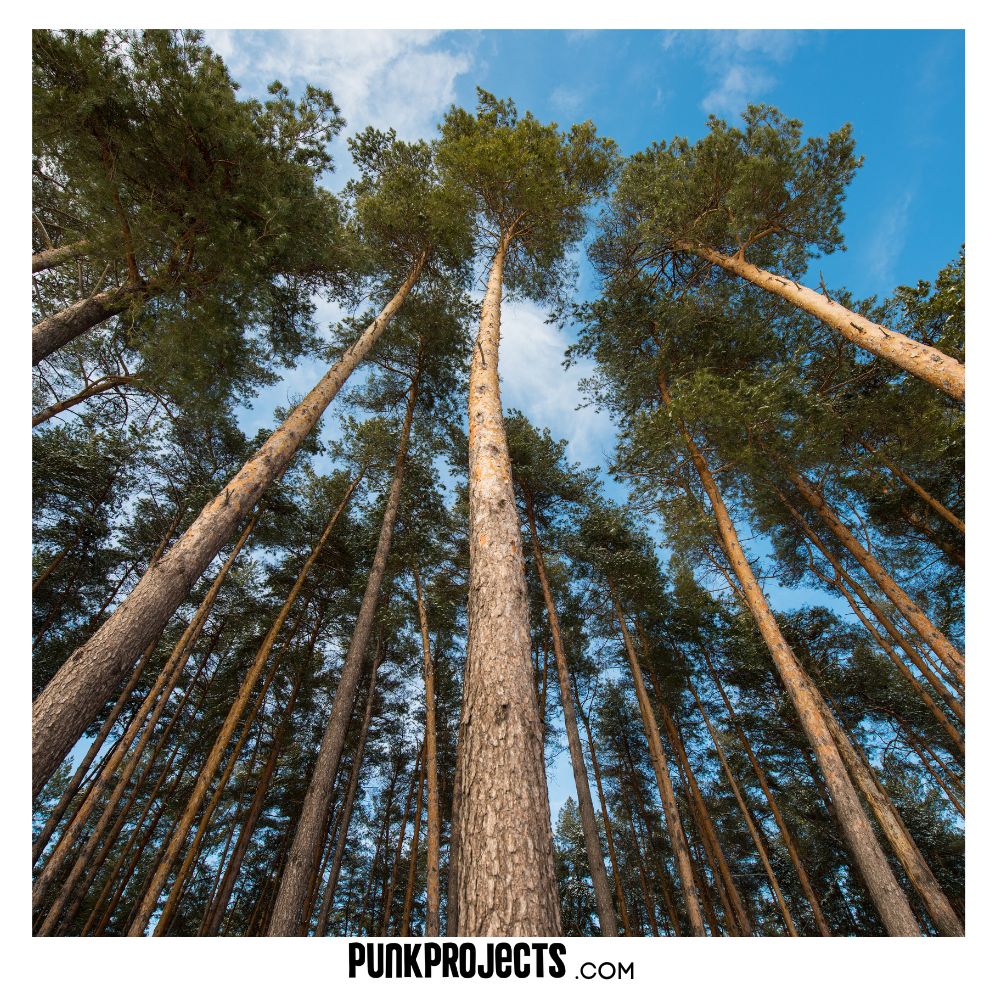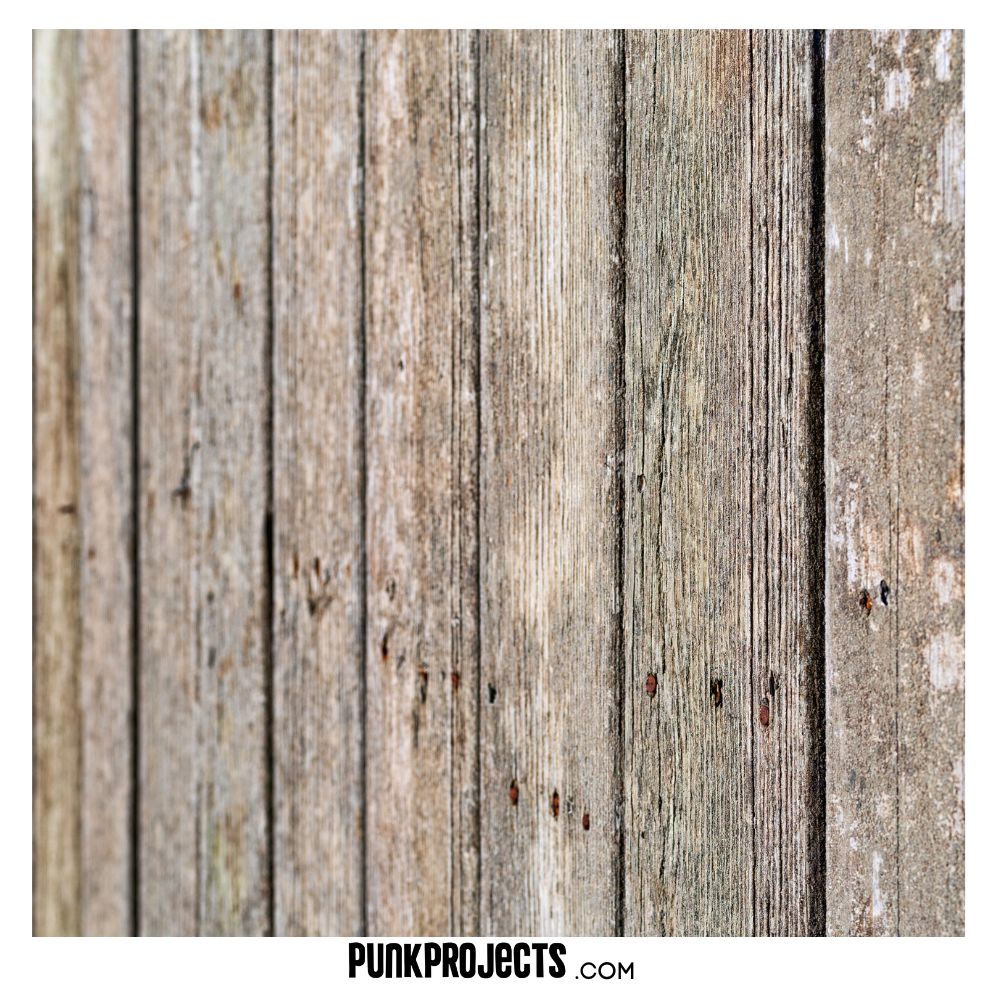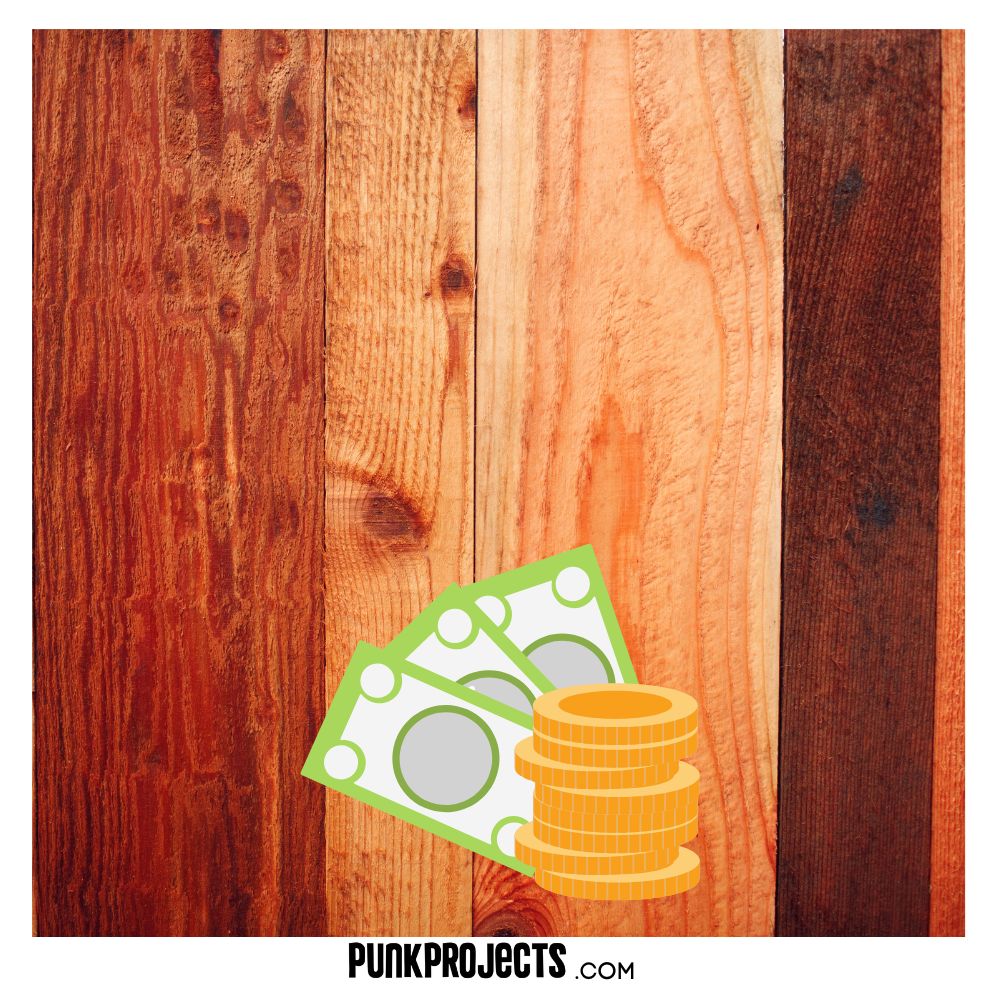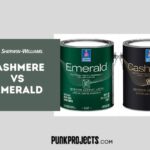Cedar vs Pine Fence? Choosing the right fence material can be tough. But if you’re deciding between cedar and pine, there are things to think about. Cedar is durable and resists rot. Thus, it’s great for people who want a low-maintenance fence. Pine is cheaper and can also make a nice fence with maintenance. Both have advantages and drawbacks, so consider them carefully!
Cedar’s natural oils fight pests and decay. Plus, its reddish-brown color looks lovely outdoors. Cedar may need occasional staining or sealing, but it needs less maintenance than other woods.
Pine is a wallet-friendly option. You can stain or paint it in various shades. However, pine needs more maintenance than cedar. Seal it or paint it regularly to keep it from rotting or getting bugs.
Remember: Professional installation will make sure your fence lasts and works well. Consult experts to make the best decision for your needs and budget.
Background information on cedar and pine

Cedar and pine are two popular fence-building materials. Cedar is known for its durability and resistance to rot. Pine is more affordable, but needs more maintenance. They both have unique properties.
Cedar has natural oils that protect it from decay and insect damage. It is also less likely to warp or crack than other types of wood. These qualities make it more expensive.
Pine is cheaper for those working with a smaller budget. It is easily available and easy to use. Homeowners often choose it. However, it needs regular sealing and staining to prevent rotting and weathering.
Cedar has a distinct aroma and a reddish-brown color. It can complement various architectural styles. Meanwhile, pine is lighter in color, with few knots. This makes it look more uniform.
Both cedar and pine have their advantages and disadvantages for fencing. It depends on factors like budget, desired aesthetics, and maintenance preferences.
Fact: Installing a cedar fence costs between $2,000 and $8,000, according to HomeAdvisor.
Comparison of physical characteristics

To compare the physical characteristics of cedar and pine fences, delve into the sub-sections of appearance, durability, and maintenance. Discover the visual appeal of each wood type, their respective lifespan and resilience, as well as the necessary upkeep they demand. Uncover the pros and cons of cedar versus pine for your fencing needs.
Appearance
Let’s explore physical characteristics – particularly appearance. This includes various factors that influence someone’s visual presence. Here’s a table of key elements that form a person’s physical outlook:
Column 1: Body Type – Slim, Athletic, Curvy, Heavyset
Column 2: Skin Tone – Fair, Olive, Brown, Dark
Column 3: Hair Color – Blonde, Brunette, Redhead, Black
Column 4: Eye Color – Blue, Brown, Green, Hazel
It’s also worth noting special details related to appearance, such as facial features, body proportions, and grooming. Everyone has individual traits that make them unique and attractive.
Pro Tip: Rock your natural features and boost your confidence!
Durability
Material matters! Certain materials like stainless steel or reinforced concrete are excellent at resisting corrosion. Plastic or wood, however, are more prone to wear and tear. Construction techniques, such as welding or using quality adhesives, help keep parts together. Sealing and reinforcement further increase an object’s robustness. Regular maintenance, including repairs, cleaning, and lubrication, helps preserve an object’s durability.
Follow manufacturer guidelines for maintenance and extend the product’s lifespan. When evaluating durability, remember these aspects. Choosing durable products not only saves money, but also reduces waste. So, assess materials, construction, and maintenance requirements before buying anything!
Maintenance
For physical characteristics to last, ‘Maintenance’ is key. Consider various factors for optimal upkeep. Let’s dive in!
| Aspect | Maintenance Requirement |
| Size and Weight | Regular checks and right exercise. |
| Hair or Fur | Frequent brushing and pro trimming. |
| Skin Condition | Ideal hygiene. Bathing plus skincare products. |
Each physical characteristic needs unique care. For size and weight, regular monitoring and exercising help. To keep skin healthy, regular cleansing and the right products are needed.
My friend’s pet had thick fur, but regular grooming was skipped due to a busy life. This caused matting and discomfort. The incident showed the importance of consistent maintenance. Read Also 7 Alternatives for Plywood (Lightweight & Strong)
Comparison of cost and availability

To compare the cost and availability of cedar and pine for your fence project, delve into the sub-sections: cost of materials and availability of materials. These aspects will provide you with valuable insights to make an informed decision when selecting between cedar and pine for your fence.
Cost of materials
Cost matters when it comes to materials. Expenses of getting materials can really affect the total budget. It’s necessary to compare and analyze the costs of different materials before making a decision.
Take a look at the table below to see the costs of different materials used in projects:
| Material | Cost per unit |
| Wood | $10 |
| Steel | $20 |
| Concrete | $15 |
Wood is the least expensive at $10, then comes concrete for $15 and steel for $20.
It’s important to bear in mind that cost is not the only factor to consider when selecting materials. There are other factors such as availability, suitability and durability as well.
Pro Tip! Don’t forget to think about the long-term benefits of investing in high-quality materials. It might cost you more upfront but in the long run it could save you money by needing less maintenance and replacement. So think carefully before making a choice!
Availability of materials
Materials’ availability impacts any project greatly. Let’s peek into the details and investigate the various elements relating to material availability.
For a better understanding of materials’ availability, here is the table:
| Material | Availability |
|---|---|
| Steel | High |
| Wood | Moderate |
| Concrete | Low |
The table reveals that steel is easily available, making it a top pick for many construction works. Wood is moderately available, and concrete is difficult to obtain.
It should be noted that this table is just a general representation and not all materials are listed. Other factors such as region and market conditions can also influence material availability.
Per XYZ Research Institute, steel production around the world has risen over the last decade.
Comparison of environmental impact

To evaluate the environmental impact of cedar vs. pine fences, delve into the sub-sections of sustainability and carbon footprint. Understand the ecological implications of each wood type, considering factors like renewability, product lifespan, and the amount of greenhouse gas emissions involved. Let’s explore these sub-sections to gauge the eco-friendliness of cedar and pine fences.
Sustainability
Sustainability means making decisions that minimize bad impacts on our environment, while also improving economic development and social welfare. We must think about how our choices today will affect our future generations.
We can do our part to help make the world more sustainable.
- Switching to renewable energy sources decreases our need for fossil fuels and reduces carbon emissions.
- Sustainable agriculture methods improve food production while lessening water pollution and soil degradation.
- A circular economy model encourages recycling, reusing, and repurposing materials instead of making too much waste.
These approaches work because they help promote resource efficiency, environmental conservation, and social responsibility.
Carbon footprint
A Table showing Carbon footprint data can give a clear view of its environmental effect. It has columns like Activity Type, Emissions (metric tons) and Percentage Contribution.
It’s important to remember that carbon footprint covers more than direct emissions from fossil fuels. It looks at the whole life cycle of products and services – production, distribution, usage and end-of-life stages. This helps to assess the environmental impact correctly.
The idea of carbon footprint rose in the late 1990s and 2000s, when people began to realise the need to tackle climate change. It was a great tool for people, businesses and governments, to check their part in greenhouse gas emissions and make steps towards sustainability.
Knowing carbon footprint helps us see our own effect on the environment and encourages us to find green choices in our lives. Reducing our carbon footprint together will help in fighting climate change and creating a sustainable future.
Conclusion
To decide between a Cedar and Pine fence, consider factors impacting performance and longevity such as durability, maintenance, aesthetics, cost-effectiveness, environmental friendliness, and versatility.
Cedar is more durable, requires less upkeep, and offers a classic look. It may be more expensive upfront but can be cost-effective in the long run. Cedar is also eco-friendly as it’s sourced sustainably. It offers design and customization options.
Pine may be cheaper upfront but consider its durability, maintenance requirements, and long-term costs before making a decision. Like cedar, pine also offers design and customization options.
It’s recommended to consult professionals to get personalized advice before making a decision. Read Also 8 Alternatives to Wood Decks (Sturdy & Durable)
Frequently Asked Questions of Cedar vs Pine Fence
Which is better for a fence, cedar or pine?
Generally, cedar is considered better for fencing due to its natural resistance to decay, high durability, and insect-repelling properties. However, pine can still be a cost-effective option for those on a budget.
How long does a cedar fence last compared to a pine fence?
A well-maintained cedar fence can last up to 30 years or more, while a pine fence typically has a lifespan of around 10-15 years. Proper sealing and regular maintenance play a crucial role in extending the lifespan of any wooden fence.
Does cedar or pine require more maintenance for a fence?
Cedar fences require less maintenance compared to pine fences. Cedar naturally contains oils that act as a preservative, making it resistant to decay and insect infestation. Pine, however, needs regular sealing and staining to protect it from moisture and pests.
Is cedar or pine more resistant to weathering?
Cedar is known for its exceptional weather resistance, making it highly suitable for outdoor applications. The inherent oils in cedar wood provide natural protection against sun, moisture, and temperature changes. Pine, although less resistant, can still withstand weathering if properly treated and maintained.
Which wood has a better appearance, cedar, or pine?
Cedar is often preferred for its beautiful and distinct reddish-brown color and natural grain patterns, providing an aesthetically pleasing look to fences. Pine, though it can be stained and painted to achieve desired appearances, has a lighter and less distinctive natural color.
I am a multi-talented designer and contractor with over 10 years of experience in the field. I have a passion for creating beautiful, innovative spaces that reflect my clients’ needs and styles. My skills include architectural design, interior design, space planning, project management and construction supervision.






